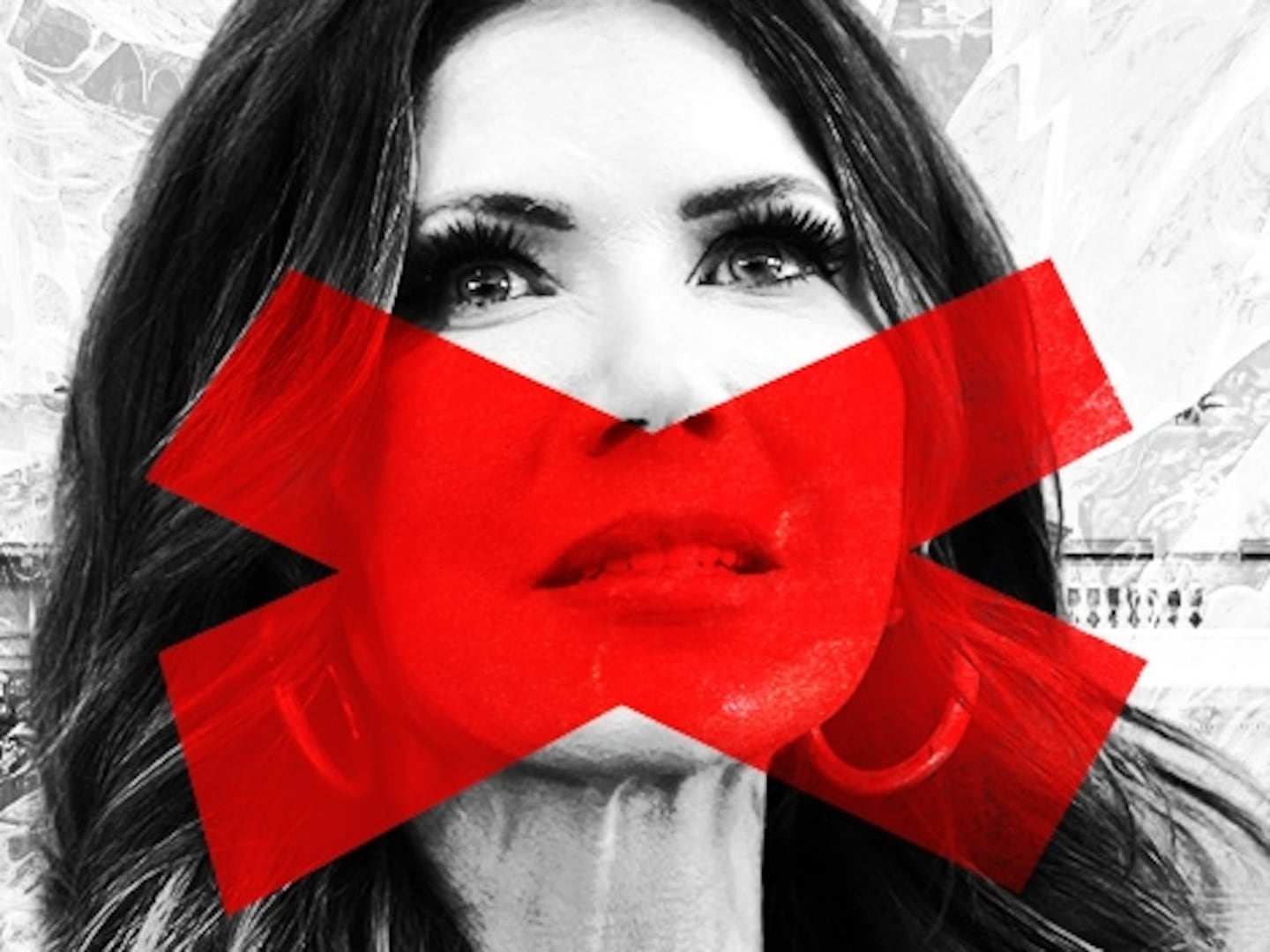Students and alumni often jest, "The hardest thing about Harvard is getting in."
In fact, getting in may be the easiest part. At least, that’s the impression we’re left with after reading Deborah Copaken Kogan’s latest novel, The Red Book. What’s hardest, we learn, is the pressure to attain a certain breed of success upon graduating from that elite, Ivy-League institution.
Those pursuits of success, however, belie the school’s motto: Veritas, or truth. For what these privileged grads are shackled to seek are fame and fortune--or the perception thereof. Every five years, Harvard’s graduates are encouraged to splash their accomplishments and accolades across their alumni publication, informally known as “the red book.” It is their bible of success and measurement. In its gossipy pages, it is recognition and reward that are valued, not the pursuit of truth.
For anyone who has grown up in the accelerated-maturity world of boarding schools and day prep schools in New York or spent time hanging out in Harvard Square or matching your actual life against the one you are expected to lead (either by your school or your parents), all of which are “yeses” for me, then you will feel the comfort of familiarity, the joy of recognition, and the pangs of disappointment that come from reading such a deliciously descriptive, fun, and insightful book.

The real Red Book also seems to have struck a chord within the Ivy League as well. My alma mater, Penn–not Penn State (as one of our insignia t-shirts states)--is coming out soon with a “very special publication” of what appears to be its very own Red Book.
Kogan, who as a Harvard alumna has access to her school’s real red book, provides an astute examination of her alma mater and the curses that come from attending such a glorified institution. She tells her story through the eyes of four fictional females. Clover, Mia, Addison, and Jane have developed that typical lasting friendship that comes from rooming together freshman year. At their 20th college reunion, these members of the class of ‘89 finally realize that their fabled school doesn’t guarantee fame and fortune. Neither does it assure happiness and success nor a life of truth. Instead, the gabfest of the Red Book serves as a stark reminder to those who have failed to acquire such riches, either by choice or chance. In lives tethered to the pursuit of money and other benchmarks of a superior existence, most graduates sadly lose sight of the truth.
Clover, who was raised practically penniless on a California commune, felt out of place at such a traditional, cash-infused institution. So she spends her entire post-grad life working at the distinguished financial firm Lehman Brothers (until it collapses). But no matter how much money she makes in order to compensate for her initial lack, her newly acquired dough will never qualify her to fully belong in Harvard’s puritanical world of old wealth. After 20 years on Wall Street, Clover is now far from her authentic childhood of hippie enlightenment, even though that was what, in part, got her into Harvard in the first place.
Addison Cornwall Hunt (apparently every uppercrust person who attends Harvard has at least three names) has the right kind of upbringing—raised on Park Avenue, graduated from St. Paul’s. A seemingly comfortable and confident trust-fund baby, dear Addison, who can afford to be, and is, cavalier with the law, can’t quite muster the same courage to be as brave with her personal life. She doesn’t think twice about speeding through a red light on Memorial Drive in order to make it to the reunion on time despite a glove compartment filled with unpaid parking tickets from her college days. (Yes, Cambridge Police are that vigilant and unforgiving—even decades later. I had my own run-ins with them, although I did pay my parking tickets—during my high school days at Buckingham Browne & Nichols (a 10-minute walk from Harvard Square), which Kogan describes in her book as one of the “secret chalices of proper nouns” that a person like Addison is quite familiar with and a person like Clover is not). But despite Addison’s financial and social stability, she is unable to carry over her lesbian tendencies from college into the real world for fear of no longer being accepted and becoming disowned. Yet her fantasies about other women are very much alive at night.
Mia, a talented stage actress in college, quickly gives up on her Hollywood dream for a plush life as the wife of a movie director and stay-at-home mother of four. But when she is encouraged to try out, as a lark, for a part at the American Repertory Theater in Cambridge during her 20th reunion, she is reminded of her unconventional yet genuine talent.
Jane, the Paris bureau chief for the dying Boston Globe, believes in Veritas and believes she is living her life by it, especially when it comes to her relationships. But when she learns that her deceased husband, her current lover, and her mother all had affairs, she realizes none of her relationships were based on truth.

During their 20th college reunion, the narrative centerpiece of the book, these four Crimson ladies are forced to face the lies they have been living. At a place where the bar is set so high, arguably impossibly high, the struggle between keeping up appearances and being true to thine own self is so intense that one can forever be caught in a vortex of disillusionment and regret, an early type of death.
Cue the early death scene. Enter Sharon, a friend of Clover’s from later in life and one of the few classmates who was able to remain true to herself, but, ironically, is now dead. Upon graduating magna cum laude, she worked tirelessly her entire life as an advocate for breast-cancer research after her mother died from the disease. And before succumbing to her own “Norma Rae”-like battle with it, Sharon selflessly set up a fund for continued research of the disease in her mother’s name. It is her memorial service that brings the reunion celebrations to a close. Serving as the book’s dénouement is Clover’s rallying eulogy for her friend:
“She was the most guileless, authentic person I’ve ever met, and we’re all old enough now to know how rare that is. Sharon never did anything, at any point in her life, because it would look good on a resumé, or because it would make her fabulously rich, or because it would somehow show her in a better light, or because it would bring her fame or awards or give her an in with a better crowd.”
There is nothing like a reunion and a funeral, held together over the same weekend, to make a girl cast back on her life and inspire self-examination. Sharon’s life holds a mirror up to Clover’s, Mia’s, Addison’s, and Jane’s. All four, in their own way, have sacrificed their true selves for the sake of a life they are supposed to have. The lives they are now living are vastly different from the ones they thought they would be leading.
“How many of us here can honestly say we’re living the most authentic life that we can lead?” asks Clover during Sharon’s eulogy. “How many of us are being true to ourselves, true to our ideals, true to that 18-year-old kid who first walked into the Yard, filled with dreams? We’re all given one life. And we’re all marching toward the same miserable end.”
That end, as Kogan didactically writes, is the sadness that “cloaks the lives of so many, and yet even the sad ones muddle on ... because there in the dark, surrounded by the damned, they can participate in the mutual delusion of happily ever after.”
For Kogan, there may not be a happily ever after. But there is an ever after. So you damn well better do with it what you please, even after attending a place like Harvard. Because no matter what rank you hold in society, how much money you earned, or what college you attended, life will always hold highs and sorrows; lows and possibly no tomorrows. There are no exceptions, even for those who are thought to be exceptional.
But as Kogan’s characters achingly show, it’s never too late to change your destiny. “If I’ve learned anything in these past 20 years,” a fellow alumna observes in her Red Book entry, “it’s that life never works out as you planned, but you take what you’re given, and you run with it.”
For those of us who hope to outsmart the system and for those who want to make, as Kogan writes, “a rare escape from the shackles of conformity”, that is the kind of entry we must never overlook and should read over and over again.






